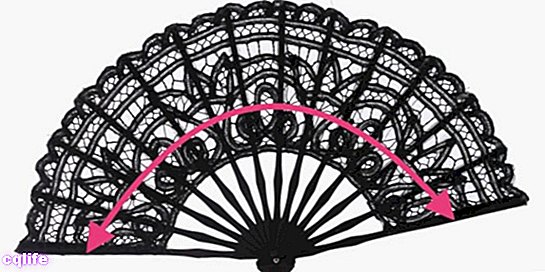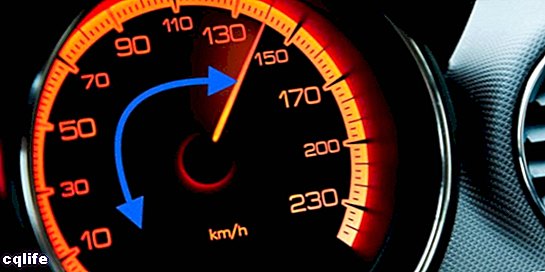We explain what an obtuse angle is, its characteristics and examples from everyday life. Also, what other types of angles exist.

What is an obtuse angle?
In geometry, it is common to use the degree of openness or closure of a angle, measured in sexagesimal degrees or other units, to find out what type of angle it is.
According to this logic, obtuse angles are those with an amplitude greater than 90 ° sexagesimal but less than 180 ° sexagesimal. That is, they are wider than a right angle and less wide than a straight angle.
The obtuse angles are the widest types of angle known, with the exception of the flat ones, and although they are rare, they can be found in geometric figures like some triangles scalenes (that is, obtuse triangles), rhombuses, trapezoids, hexagons, and other irregular figures.
Characteristics of obtuse angles
The obtuse angles are characterized by the following:
- They have a great amplitude, which exceeds 90 ° sexagesimal (expressed in other units: 𝛑 / 2 radians, or 100g centesimals) of the right angle.
- Its amplitude, however, does not reach 180 ° of the shallow angle.
- Its two sides are rays that meet at the vertex.
Examples of obtuse angles

The following are some examples of obtuse angles in everyday life:
- The angle that the speedometer needle makes with respect to its starting point (0 kmph) when it marks the maximum speed of the car.
- The angle a fan reaches when it is opened to its fullest extent.
- The angle traced by the back of a recliner or a chaise longue when we lie down in it.
- The angle that the satellite or parabolic antennas form with respect to the receiver at its vertex.
- Each of the angles of a pentagon.
Angle types
In the same way that we identify obtuse angles, we can differentiate four other kinds of angles, such as:
- Null angles, which have an aperture of 0 ° (that is, they are non-existent).
- Right angles, which have an aperture exactly equal to 90 ° sexagesimal (and whose sides are perpendicular to each other).
- Acute angles, which have an opening of less than 90 ° sexagesimal (that is, less open than right angles), but at the same time greater than 0 ° sexagesimal.
- Flat angles, which have an aperture of 180 ° sexagesimal (and whose sides are two consecutive lines that overlap at the vertex of the angle).
